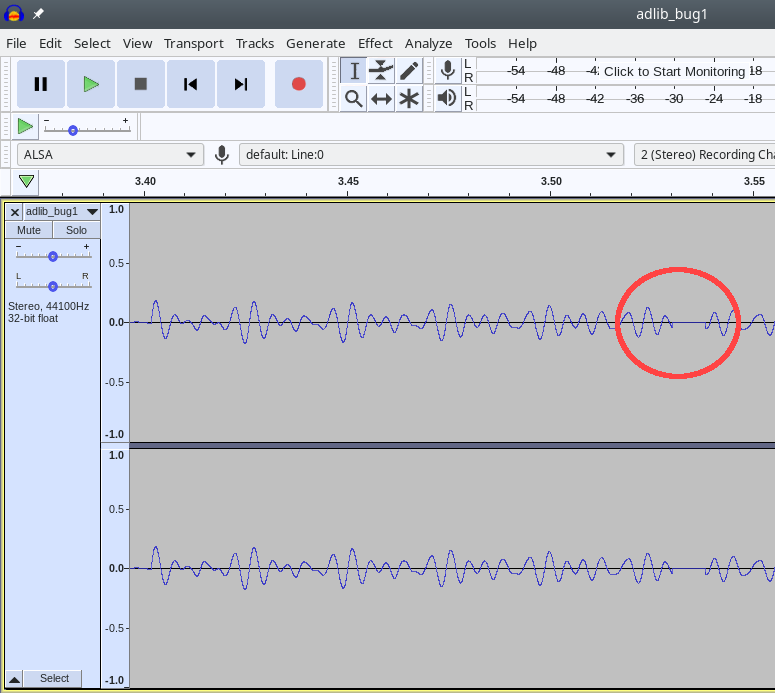I made a new playlist from a songbook I bought on vacation. So far I've digitized most of Skinny Love. I will post a cover when I get the bugs fixed and a good piano instrument. I plan to learn at least 10 of these. Since I'll be making a lot of midis I will post them as I create them.
This playlist is really sad. You might find yourself wondering what in the world this happened to the person who created this list. Well, it wasn't me. I didn't create this list and I don't know who did.
Read more »
NPR made a questionable list of New Wave1 songs. Rather than having you search for each of them and playing them on youtube (what a pain it is to do that), you can play this playlist I made. Bonus, I linked to all the wikipedia pages for the songs (and where there are no song pages, I note and link to the page that talks about the song.
Don’t know what New Wave is? It’s a musical genre including rock, punk, and pop in the 80s. It included 80s bands like Duran Duran, Devo, INXS, and Pet Shop Boys.
Read more »
NME made a good list of 1970s songs. Since I didn’t experience the 1970s myself, I can’t tell you how accurate this list is. I know that it’s subjective, but it was really fun to convert to a Youtube playlist and listen to. How did I do this? Well, see the bottom for some simple source code.
NME’s list of 100 best songs of the 1970s
Read more »
Oct 3, 2020
I’ve been working on OPL2 code for a while now. I’ve started to understand at a level beyond what I could a few years ago. This is progress. What does it mean? Let’s discuss problem-solving in the context of OPL2 in 2020. I want to write a piece of software for the Intel X86 architecture. I want it to be below the kernel of the computer meaning that there is no operating system, no bootloader and if you’re really wild, only a single function needed from the BIOS. I wrote all this and there are bugs, but instead of focusing on those bugs, we’re instead going to look at just OPL2.

If I were to get this code working on a host machine, our process of problem-solving would actually be a lot easier. Write more code and fix anything that comes up. Because testing on a host is one step more difficult than testing on a VM, I decided that most people would choose to use a VM instead of running my game on their host or a random piece of ancient hardware they have in storage. It is true of me, but I have an excuse. There is a debugger for my VM, Qemu but there is not one in my game’s kernel. That comes in mighty handy when things go wrong.
Read more »


